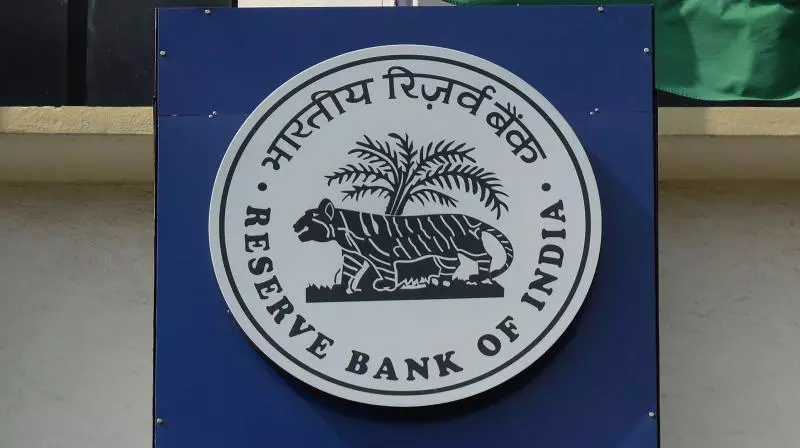RBI Rejects IMF Warning of India's Debt to GDP Exceeding 100%

Reserve Bank of India (Representational Image)
Mumbai: Spending on social and physical infrastructure, climate mitigation,digitalisation and skilling the labour force can yield long-lasting growth dividends. The Reserve Bank of India (RBI) deputy governor Michael Patra along with other economists in an article said that the medium-term complementarities between fiscal consolidation and growth in India argue for prioritising the composition of government expenditure towards developmental expenditure (viz., health, education, skilling, digitalisation and climate risk mitigation).
Using a dynamic stochastic general equilibrium model, the economists found that if the government expenditure is directed towards employment-generating sectors, climate risk mitigation and digitalisation, the debt-GDP ratio of the general government can decline substantially to 73.4 per cent of GDP by 2030-31 from an estimated 81.6 percent in 2023-24.
The RBI economists in the article titled 'The Shape of Growth Compatible Fiscal Consolidation' released on Tuesday as part of the central bank's February Bulletin rejected the International Monetary Fund's (IMF) warning that India’s debt to GDP could exceed 100 percent in the coming years.
The article “Our simulations reveal that the general government debt-GDP ratio swerves below the projected path set out by the IMF in its latest Article IV consultation report for India."
"It is in this context that we reject the IMF's contention that if historical shocks materialise, India's general government debt would exceed 100 percent of GDP in the medium-term and hence further fiscal tightening is needed," it added.
The Interim Budget for 2024-25 places the gross fiscal deficit of the Union government at 5.1 per cent of GDP in 2024-25, in line with the target of 4.5 per cent of GDP by 2025-26. The impetus provided to capital expenditure in the post-pandemic period has been sustained by increasing its share to 3.4 per cent of GDP.
In their analysis, the RBI economists examined how India's general government debt – the debt of the central government and the states – would move as a percentage of the national GDP under four different scenarios assuming annual real GDP growth of 7.3 percent and headline retail inflation of 4.3 percent.
Scenario 1: Employment in 'relatively productive sectors' – chemicals and chemical products, financial services, business services, electricity, gas and water supply, and transport equipment – increases by 5 percent.
Scenario 2: Improved energy efficiency
Scenario 3: Increased developmental expenditure of the government resulting in greater digitalisation of the economy.
The fourth scenario combines the aforementioned three scenarios simultaneously.
While India's debt-to-GDP ratio falls to 75.3 percent by 2030-31 under the first scenario, it declines to 76.2 percent under the second scenario and 75.9 percent under the third scenario. The combination of all three, or the fourth scenario, results in the debt declining to 73.4 percent of the GDP by 2030-31.
The central bank in the Bulletin asked India’s corporate sector to get its act together and be ready to relieve the government of capex heavy lifting. “It (corporate sector) should take advantage of the space ceded in financial markets by a lower budgeted borrowing programme and the easing of borrowing costs that has already begun in response to the Interim Budget for 2024-25, driven as it is by capex and consolidation,” said the RBI.
Meanwhile, speaking at the South East Asian Central Banks (SEACEN) Governors conference, Patra informed that the SEACEN is actively coordinating their efforts to develop Central Bank Digital Currency (CBDC) with near real-time exchanges of information on progress.
( Source : Deccan Chronicle )
Next Story

